Camping close to the most beautiful waterfalls in Europe
25 November, 2017
The water cascading down from great heights, the spray, mist and splashing sound: there is something magical about a waterfall. We often associate a waterfall with faraway lands and tropical destinations. This is of course true, but you do not have to travel to the other side of the world at all to see beautiful waterfalls. You can camp close to a waterfall in many places in Europe too. We have listed, in no particular order, a number of waterfall tips (including camping tips) for you.
1. Norway – Vinnufossen
We can immediately assign the idea that waterfalls only exist in subtropical destinations to the realm of fiction. Countries such as Iceland, Sweden and Norway have plenty of impressive waterfalls. They’re all worth a visit, but we’ve chosen to highlight Vinnufossen in Norway. It is one of the highest waterfalls in the world as well as the highest in all of Europe. The water, originating from glaciers on Mount Vinnufjellet, makes a fall of 865 metres before entering the river Driva.
Another thing worth knowing about this location is that there are another four waterfalls nearby. Within a 40 km radius, you can admire the Åmotan, Linndalsfallet, Reppfallet and Svøufallet waterfalls as well. You will find them all in the Dovrefjell-Sunndalsfjella National Park nature reserve, where you are surrounded by mountains, fjords and lakes. The perfect place for waterfall lovers!
Camping tips for Vinnufossen: Gjøra campsite is located close to the other waterfalls.
2. Switzerland – Rhine Falls
If you want to see the biggest waterfall in Europe, you’ll need to go to Switzerland. Near the town of Schaffhausen, on the border with Germany, you’ll find the 150-metre wide and 23-metre high Rhine Falls. Here, the water flows rapidly over the boulders in the middle of the Rhine, and this makes for a spectacular sight. The waterfall was created in the most recent ice age: around 15,000 years ago! Tourists have been coming from far and wide to admire this waterfall for decades, and it has been a favourite spot for many painters and poets.
In the beautiful surroundings of the Rhine Falls, you will enjoy many cosy terraces and restaurants. If you want to view the waterfall, you can go to special viewpoints, but you can also hop on a boat or rent a canoe to admire the waterfall up close. The same boat will also take you to castles, which are almost at the Rhine Falls’ edge.
And have you seen enough of the water? Put on your hiking boots or hop on a bike or mountain bike and explore the beautiful Swiss nature.
Camping tip: If you want to spend the night on the Rhine, in the beautiful Swiss mountain landscape, you can stay at the Camping Schaffhausen Rheinwiese, around 5 km from the Rhine Falls.
3. Italy – Cascata delle Marmore
Not all waterfalls are natural phenomena – this is true for the Cascata delle Marmore in Italy. With a height of 165 metres, this is the tallest man-made waterfall in the world. It was commissioned by the Romans as early as 271 BC, but centuries passed before the waterfall was actually completed. Meanwhile, the Cascata della Marmore has become a popular attraction for tourists. You need to buy a ticket to admire the falls. You can also kayak, whitewater raft or hike here.
Do note that the water only flows at set times of the day. That’s because the influx to the waterfalls is regulated, and is turned ‘on’ or ‘off’ at set times. So, take a look at the timetable before you visit, to make sure that you’ll be able to see this ‘natural’ wonder in all its glory.
Camping tip: Want to spend the night near the waterfall? Lago di Piediluco Campsite, located on the lake of the same name, is just 7.5 km from Marmore.
4. Cascate del Mulino
In southern Tuscany, Italy, you’ll find this special place: the Cascate del Mulino. Certainly not one of the highest waterfalls in Europe, but a beautiful one nonetheless. The water here gushes out of the ground at a temperature of 37.5 degrees, creating pools between rocks and small waterfalls. In this warm water, in the middle of the Tuscan countryside, you can completely relax. And it’s free! Once out of the warm water, you can visit the bar and restaurant.
You can opt for the 6-kilometre-long hiking trail near the town of Saturnia. This popular route is fairly challenging, but the beautiful views make it more than worth it. It will take you about an hour and a half.
5. Croatia – Plitvice National Park
Not just one waterfall, but a magnificent natural park with no less than 90 waterfalls and 16 lakes! If you are talking about waterfalls in Europe, Plitvice National Park is a must. The area is three-quarters forested, has crystal-clear lakes, caves and lots of big and small waterfalls. You will find bears, badgers, deer, wild swines and over 140 different species of birds. Not for nothing has this natural beauty been on the UNESCO World Heritage List since 1979 and it is one of the most photographed places in all of Croatia.
Plitvice National Park is located in the interior of Croatia, bordering Bosnia and Herzegovina, and is visited by over a million tourists every year. Be careful if you want to buy a ticket to the park, as you need to order them at least two days in advance.
The park has two entrances, from where you can create your own hiking route. There are kilometres of trails along the lakes and across the bridges. You can also opt for a little train or a boat that will take you from one side of the park to the other. There are short hiking trails of about 2 to 3 hours, which take you past the park’s largest waterfall. If you like a challenge, you can also opt for the slightly more difficult and longer routes. In that case, allow about 6 to 8 hours for this, but I promise you it will be totally worth the time.
Is your camping holiday going to Croatia and are you willing to drive a little further for even more waterfalls and natural beauty? Just 160 kilometres from Plitvice National Park are the fairytale-like Krka waterfalls. You can admire them from very close by, as you can even swim here!
Camping tip: You can camp near Plitvice National Park at Plitvice Holiday Resort north of the park, or Borje Campsite to the south.
6. Germany – Triberg Waterfalls
The German Black Forest has beautiful hills, valleys, pine forests, rivers and… waterfalls! The most famous: the Triberg Waterfalls. More than half a million tourists visit the waterfalls every year and the water cascades down from a height of 163 metres. This makes it one of the highest waterfalls in Germany!
Would you like to admire the Triberg Falls? Then you’ll need a ticket, which also gives you access to some museums in Triberg. Until 10pm, the waterfalls are beautifully illuminated, making it quite a sight. There are five different entrances and a 2.5-kilometre hiking trail that is also suitable for children.
Whichever route you choose, the views of the waterfall and over the vast forests are always worthwhile. In the Triberg area, in the middle of the Black Forest, lovers of nature, culture and sporting activities can indulge themselves anyway. Hiking, mountain biking, canoeing, mountain climbing, abseiling, enjoying traditional German villages and tasting the local cuisine: everything is possible here.
Camping tip: The Black Forest is full of campsites. The nearest to the village of Triberg is Schwarzwaldhorn Campsite (37 km).
7. Austria – Krimmler Waterfalls
In Hohe Tauern National Park, on the border of Tyrol and Salzburgerland, you will find the Krimmler waterfalls: the largest in Central Europe and the sixth highest in Europe. The waterfalls come down 380 metres in three stages. First 140 metres, followed by a small flat section, then 100 and then 140 again. The middle one is known to be the most beautiful, as you have views of both the upper level of the waterfall and the valley below. Make sure you put on good shoes, though, as the upper section can be quite tough.
The falls have been a favourite spot for tourists since the 18th century. Every year, the natural beauty attracts around 400,000 visitors. As a result, these waterfalls are in the top 10 most visited tourist attractions in Austria.
From the car park, it is about a ten-minute walk to the lower waterfall. From there, a winding hiking trail of about 4 kilometres leads you up to the upper stage of the waterfall in about an hour and a half. Along the way, you will encounter several viewpoints. Are you in here on a hot summer day? Then the mist splashing from the falls is quite pleasant.
Camping close to a waterfall
These are just a few more waterfalls in Europe. There are so many more! In France, you will find a few, such as Grande Cascade de Gavarnie and Cascades du Hérisson. In Belgium, you can admire the Waterfalls of Coo and in Switzerland you will find the Enstligen waterfalls. In Austria, in Tyrol, the Stuibenfall clatters down.
So you can camp closer to a waterfall in Europe than you might have thought beforehand. An added advantage of camping near a waterfall is that a waterfall almost never ‘just falls’ out of the sky. Almost always, the whole area around the waterfall consists of stunning nature, with beautiful landscapes, forests, lakes and vistas. So camping near a waterfall is often also camping in nature.
Are you a lover of all this natural beauty? Which waterfall do you think is missing from the list and would you recommend to us? Post a comment and let us know!


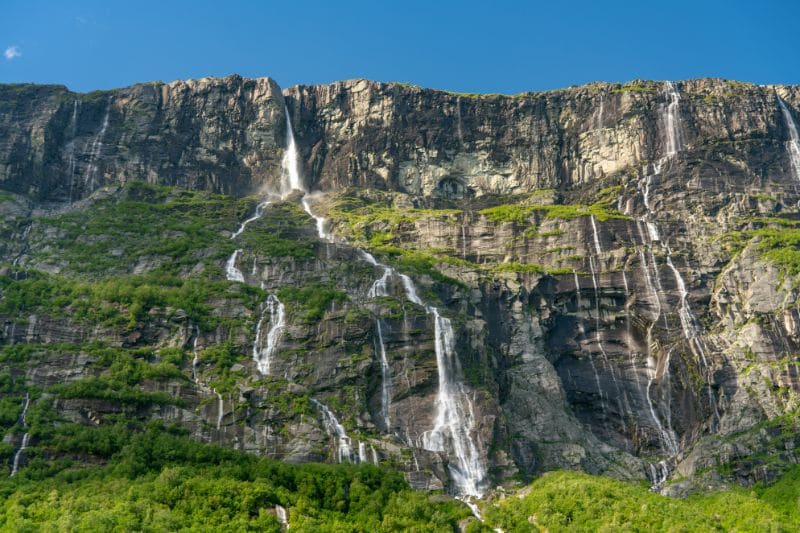
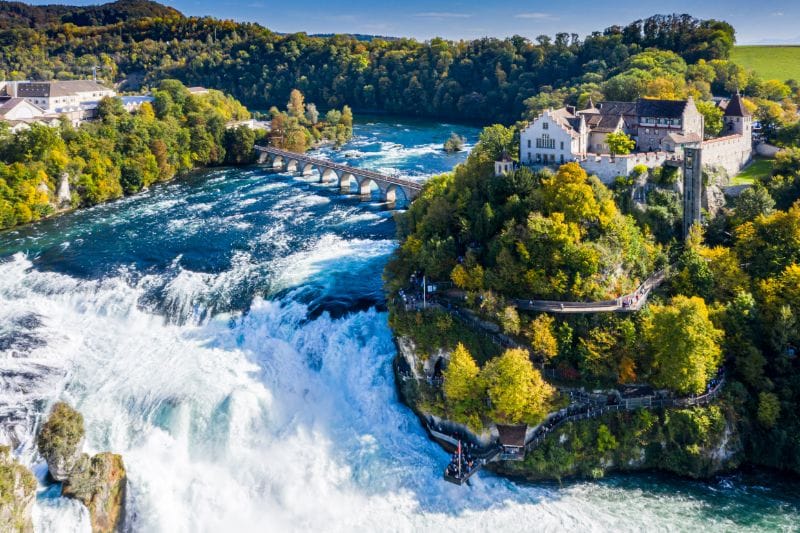
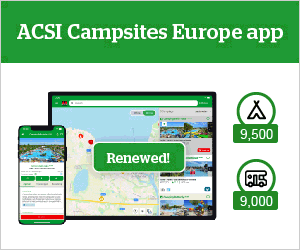
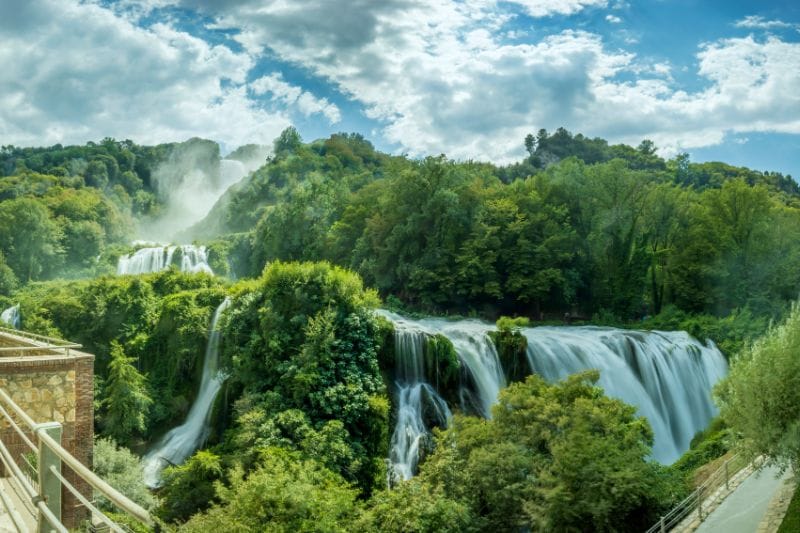
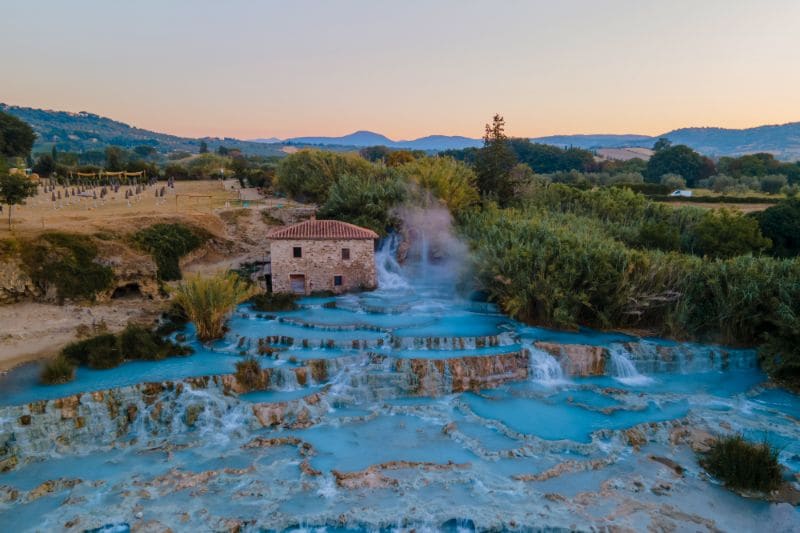
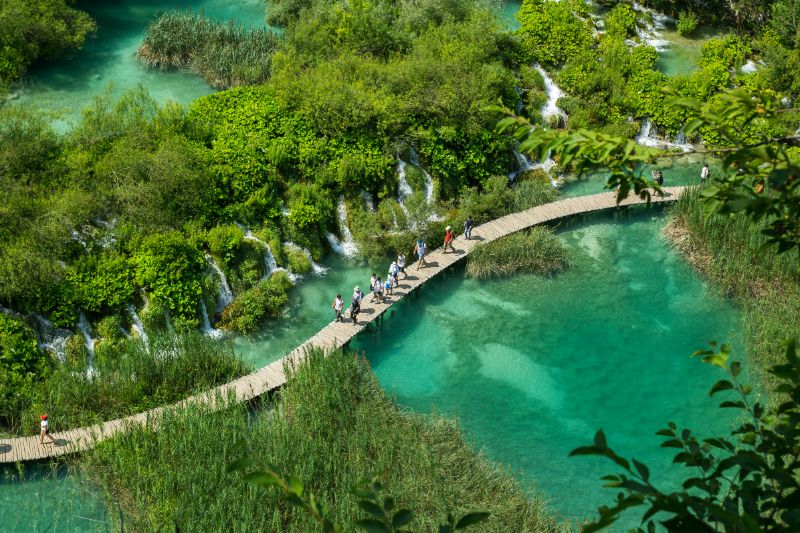
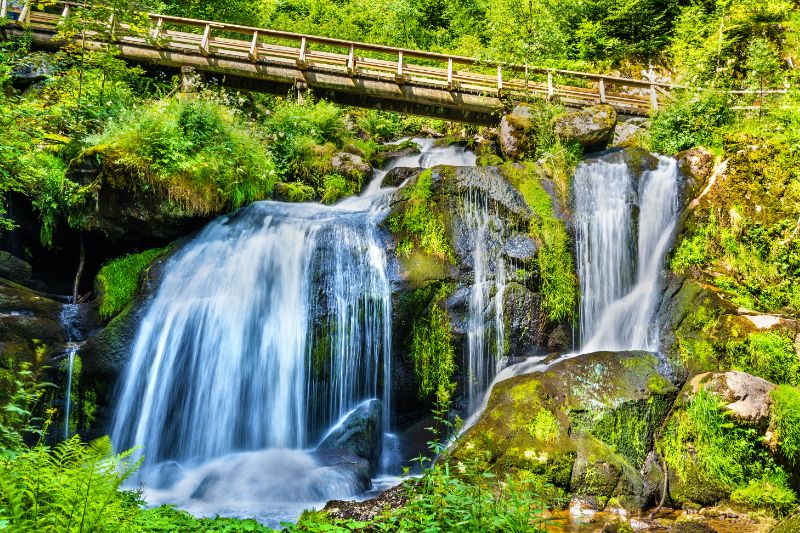
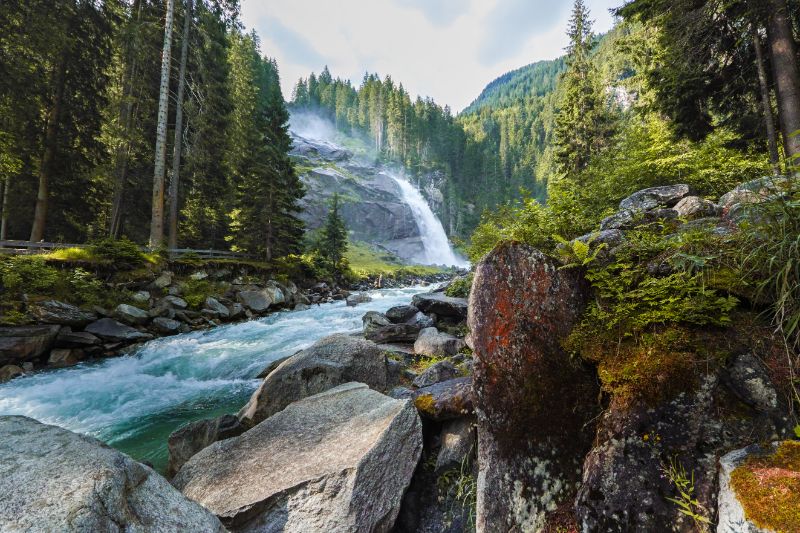
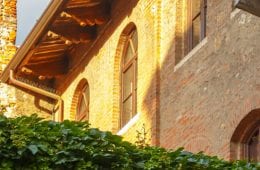
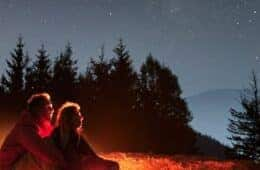
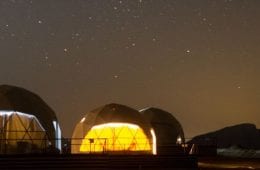





2 Comments
In Norway there are many impressive falls where you can actually camp right next to them. For example, the massive Tvindefossen, near Voss, Norway. The campsite is at the foot of the falls. In Geiranger, at Vinje camping, it is the same. There I was able to park my minivan about 20m away from a powerful waterfall, only just out of the spray.
For the more adventurous, the “everyman’s law” regarding wild-camping, allows you to take a tent and pitch it next to almost any waterfall in the country, as long as it is not on cultivated land or within 150m of any buildings (and that you leave no trace). The possibilities for waterfall camping in Norway are endless!
Camping near waterfalls is so romantic, especially for couples. Thanks for giving us an idea.